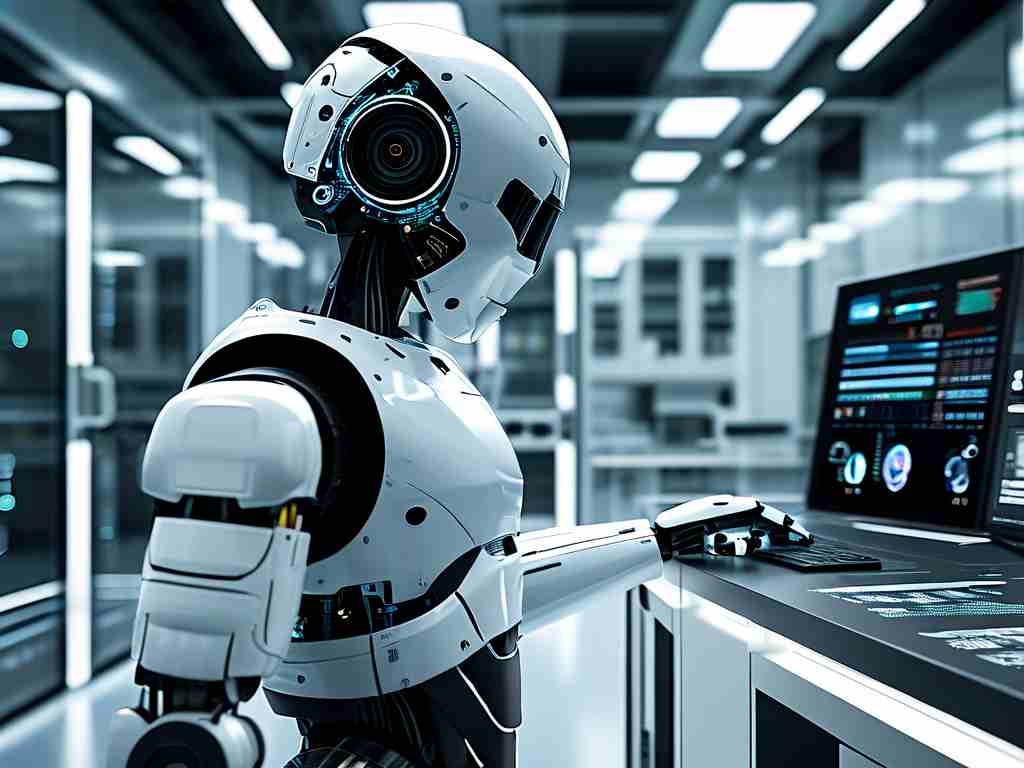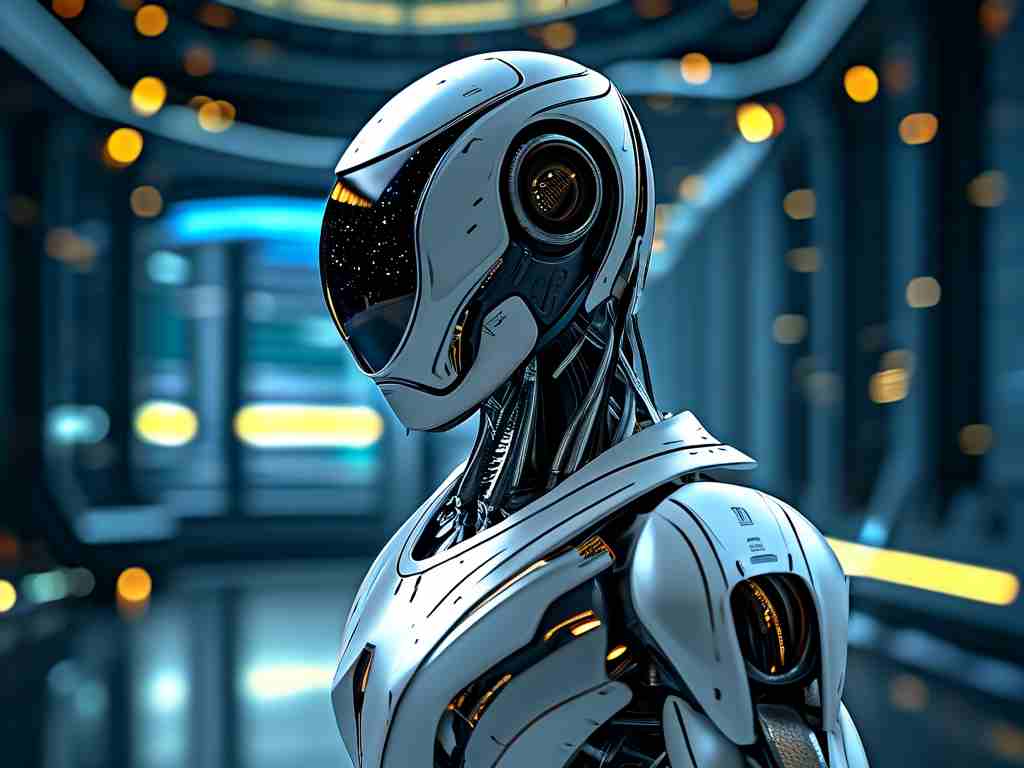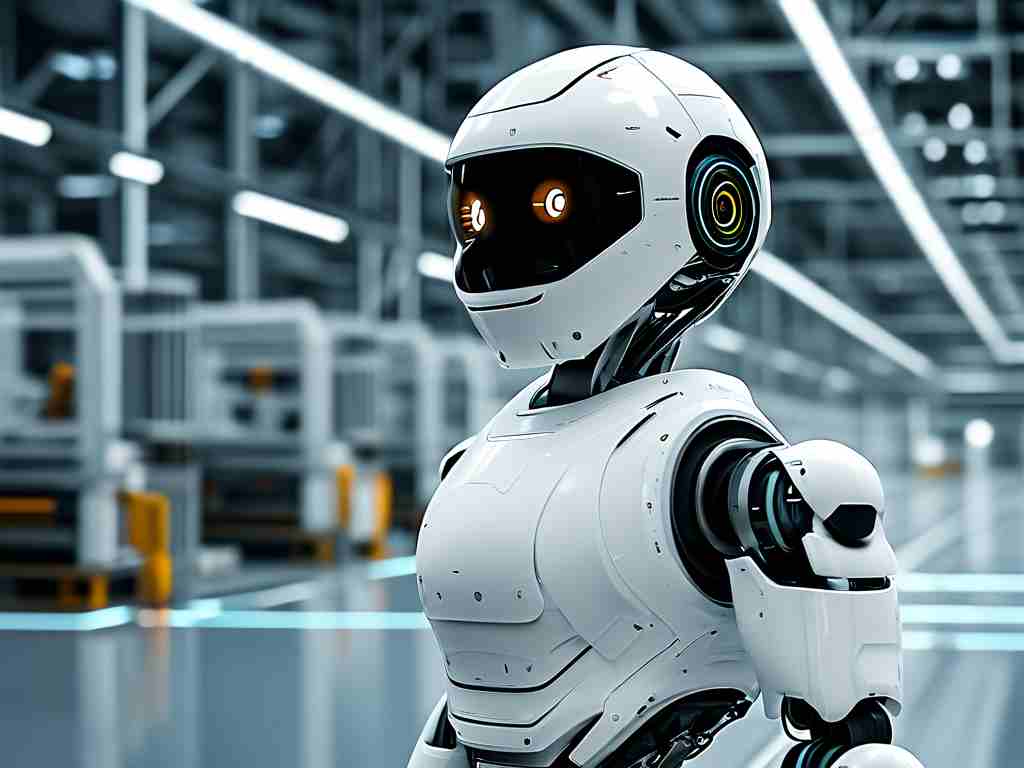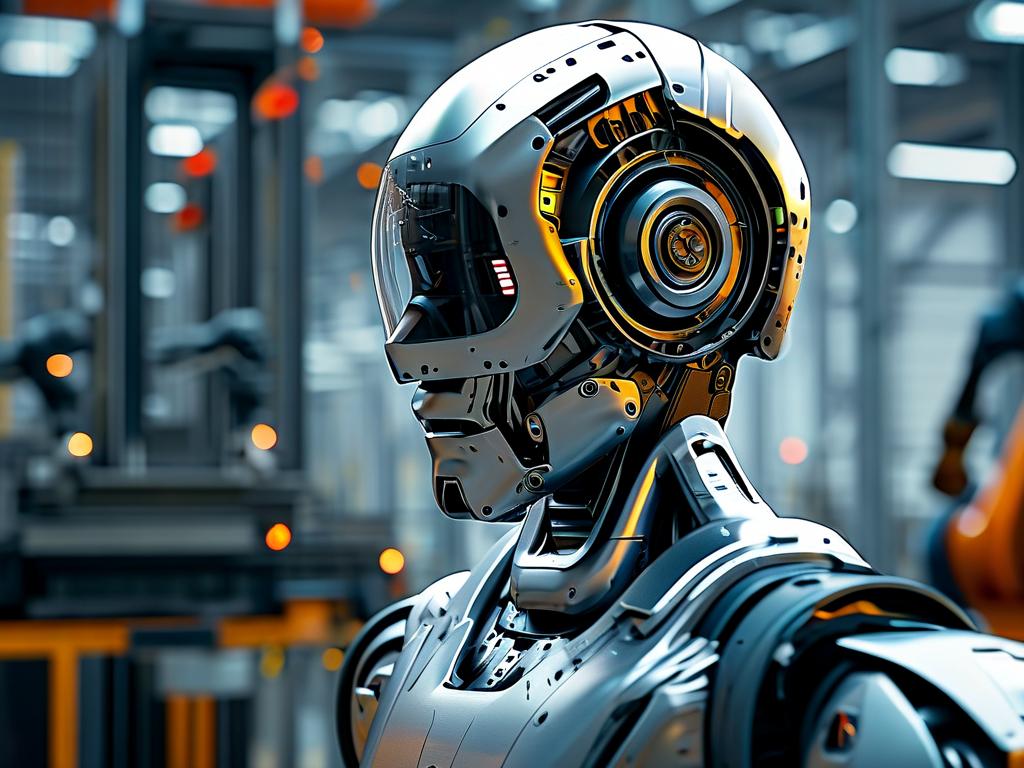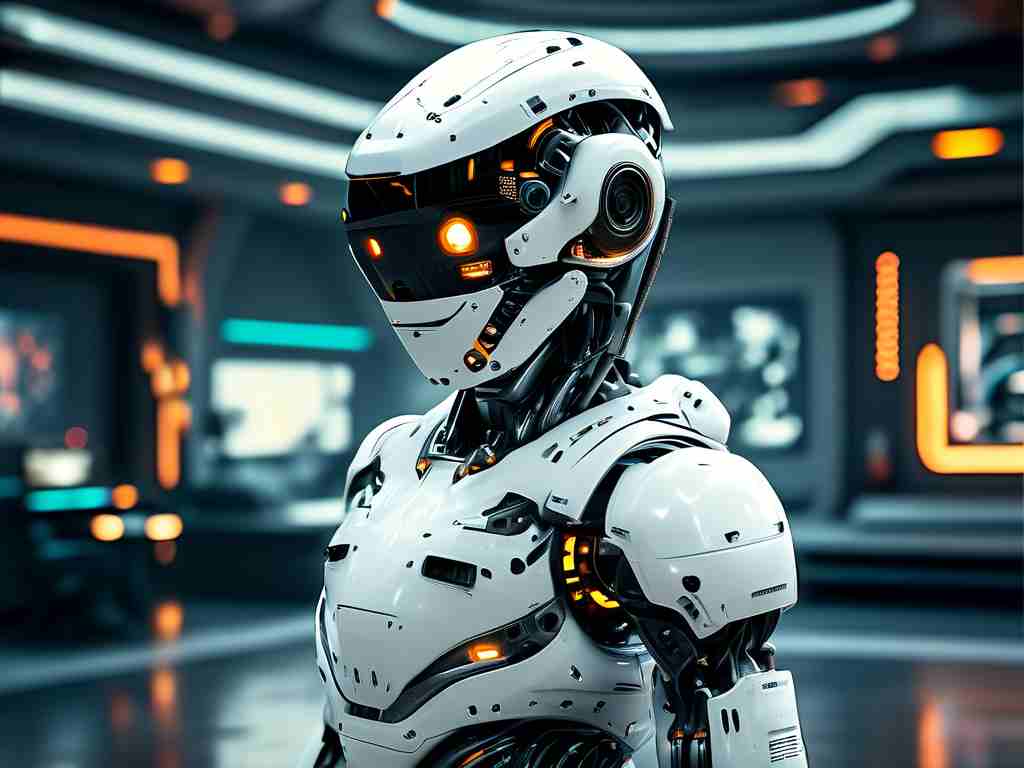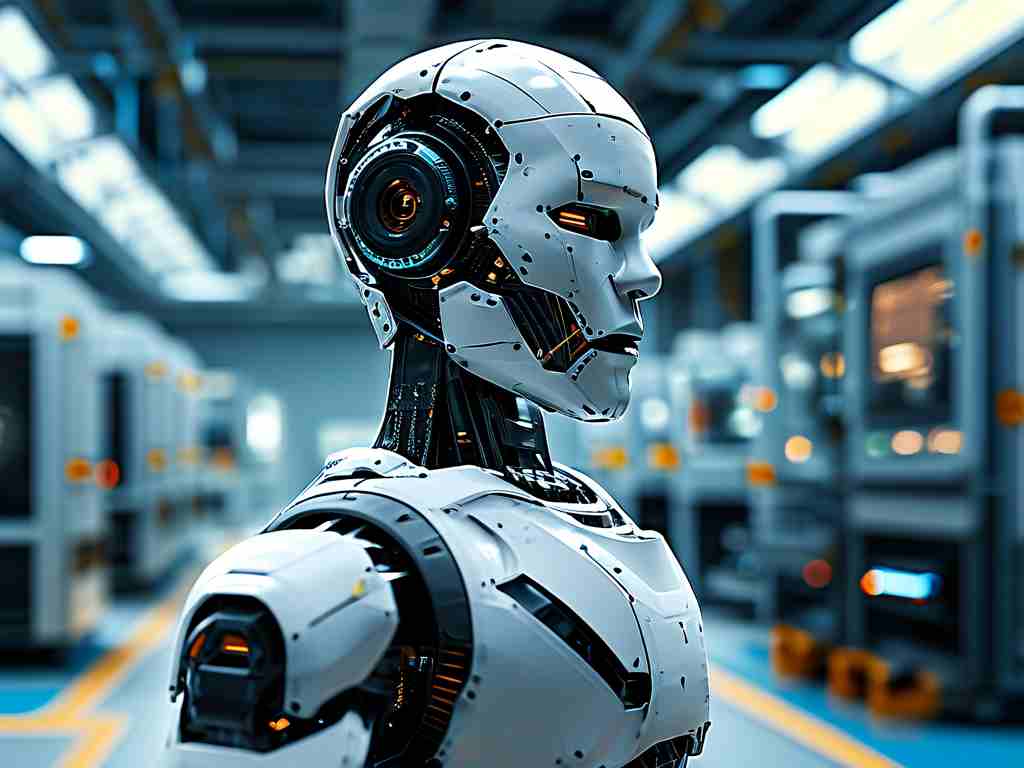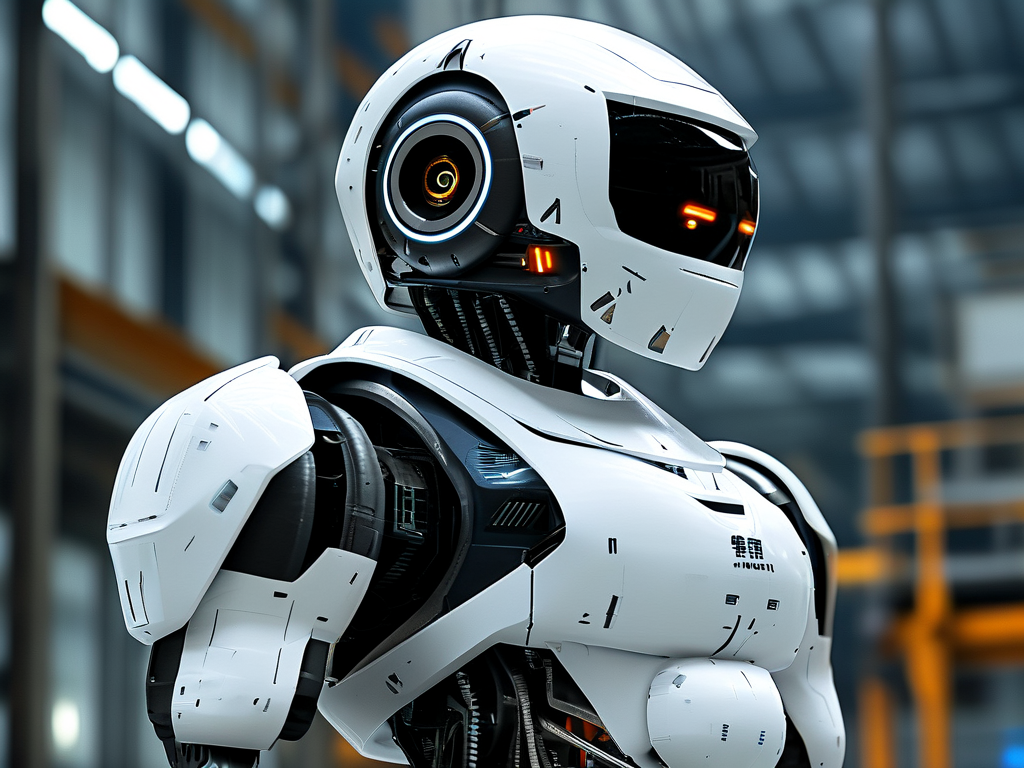The evolution of intelligent robotic technology has reached unprecedented milestones, with tracking capabilities emerging as a cornerstone of modern automation systems. From industrial assembly lines to precision agriculture, robots equipped with advanced tracking sensors are redefining efficiency and accuracy across industries.
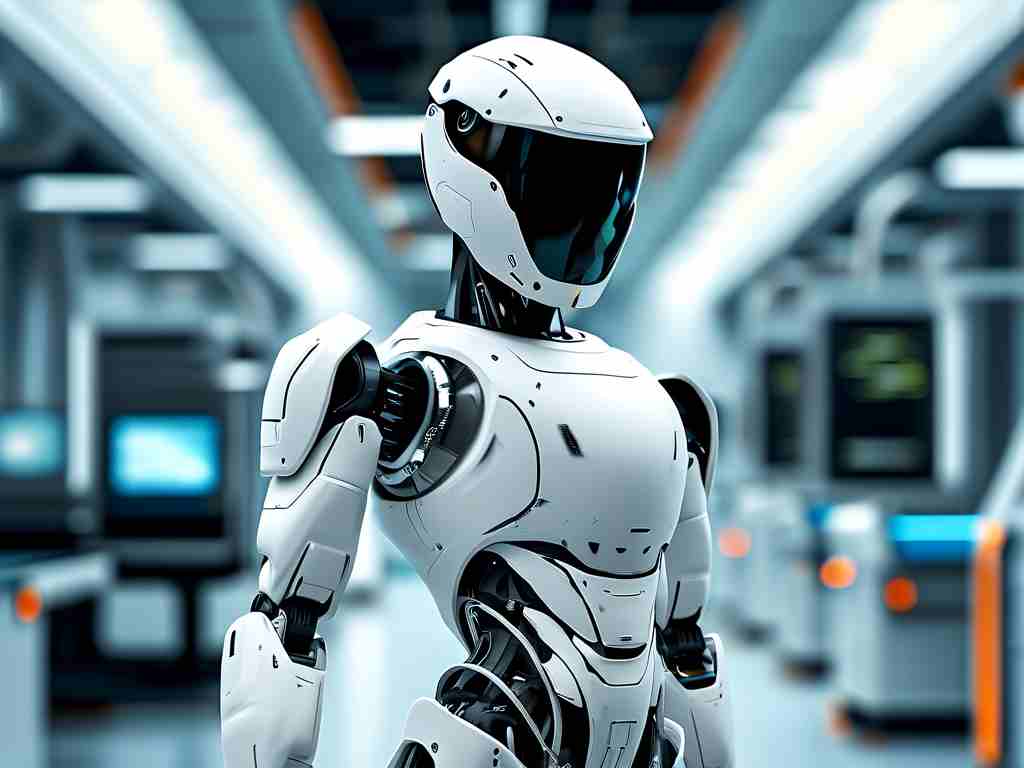
Core Mechanisms Behind Tracking Systems
Modern tracking-enabled robots rely on a fusion of technologies including LiDAR, computer vision, and inertial measurement units (IMUs). For instance, autonomous delivery robots use 360° LiDAR arrays to map environments in real time, while manufacturing bots employ high-speed cameras to track moving components on conveyor belts. A notable example is Boston Dynamics' Spot robot, which combines depth-sensing cameras and proprioceptive feedback to navigate complex terrains while maintaining spatial awareness.
Industry-Specific Applications
In healthcare, surgical robots like the da Vinci system utilize optical tracking to follow microscopic instrument movements, enabling sub-millimeter precision during operations. Agricultural drones leverage multispectral imaging to monitor crop health, with algorithms analyzing plant reflectance data to identify irrigation needs. One lesser-known application involves underwater inspection robots deployed by offshore energy companies – these machines use sonar-based tracking to detect pipeline corrosion in murky depths where human divers cannot operate safely.
Challenges in Implementation
Despite breakthroughs, technical hurdles persist. Sensor fusion remains computationally intensive, requiring optimized algorithms to process data streams from multiple sources. Environmental variables like lighting changes or electromagnetic interference can disrupt tracking accuracy – a problem addressed through adaptive filtering techniques. Privacy concerns also arise, particularly in public-facing applications like security robots that capture video footage.
Ethical and Regulatory Considerations
The deployment of tracking robots sparks debates about workforce displacement and surveillance overreach. The European Union recently introduced draft legislation mandating "tracking transparency" clauses for public-sector robotics contracts. Meanwhile, companies like Amazon have implemented robot tracking systems in warehouses with strict data anonymization protocols to protect worker privacy.
Future Development Trajectories
Emerging research focuses on bio-inspired tracking systems. Scientists at MIT developed a prototype robot that mimics a bat's echolocation capabilities, using ultrasonic pulses rather than visual data. Quantum-enabled sensors currently in experimental phases promise tracking resolution at atomic scales, potentially revolutionizing fields like semiconductor manufacturing.
Economic Impact Analysis
Market projections indicate the global tracking robotics sector will grow at 19.8% CAGR through 2030, driven by smart factory initiatives. Automotive manufacturers report 40% reductions in quality control costs after implementing vision-tracking robotic inspectors. However, the technology gap between large enterprises and SMEs remains significant, with entry-level tracking robot systems still costing upwards of $50,000.
Integration with 5G Infrastructure
The rollout of 5G networks enables new tracking paradigms through edge computing. Shanghai's automated port system demonstrates this synergy – cranes equipped with tracking robots coordinate container movements within 2ms latency windows via private 5G grids. Such implementations highlight the critical infrastructure requirements for advanced robotic tracking systems.
Educational Implications
Universities are restructuring engineering curricula to address tracking robotics demand. Stanford's new "Autonomous Systems Tracking" course teaches students to program ROS-based robots using Gazebo simulation environments. Vocational training centers in Germany now offer certification programs for maintaining tracking sensor arrays in industrial settings.
Environmental Monitoring Applications
Climate scientists deploy tracking robots in novel ways. Glacier-monitoring bots in the Alps use GPS waypoint tracking to measure ice melt patterns, while oceanographic drones track marine plastic concentrations using hyperspectral imaging. These applications demonstrate tracking technology's vital role in environmental stewardship.
As tracking capabilities become more sophisticated and cost-effective, their integration into robotic systems will likely accelerate across all sectors. The technology's maturation timeline suggests critical mass adoption within 5-7 years, pending resolution of current limitations in power efficiency and sensor miniaturization. What remains certain is that tracking intelligence will continue shaping the next generation of robotic innovation.


